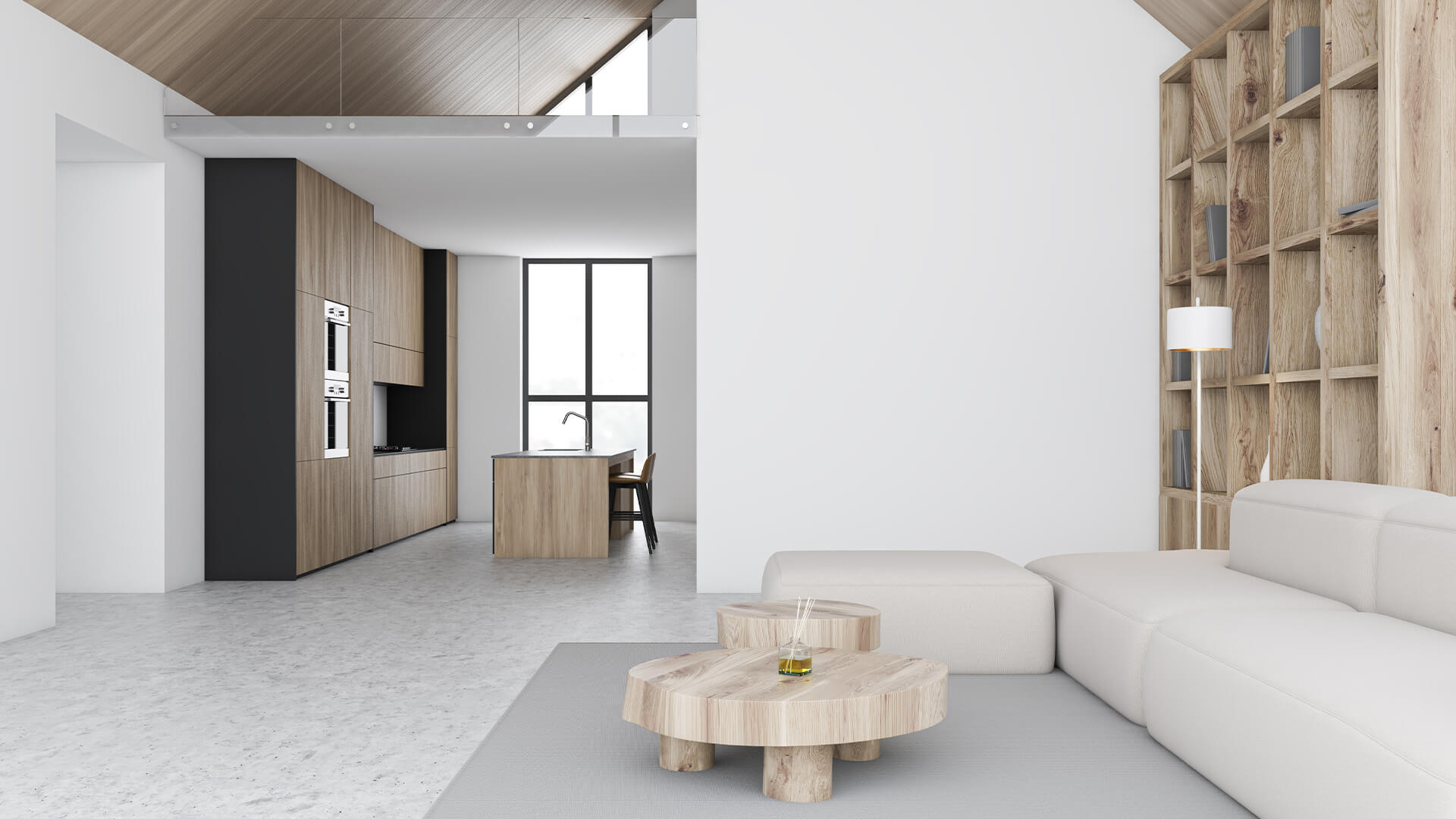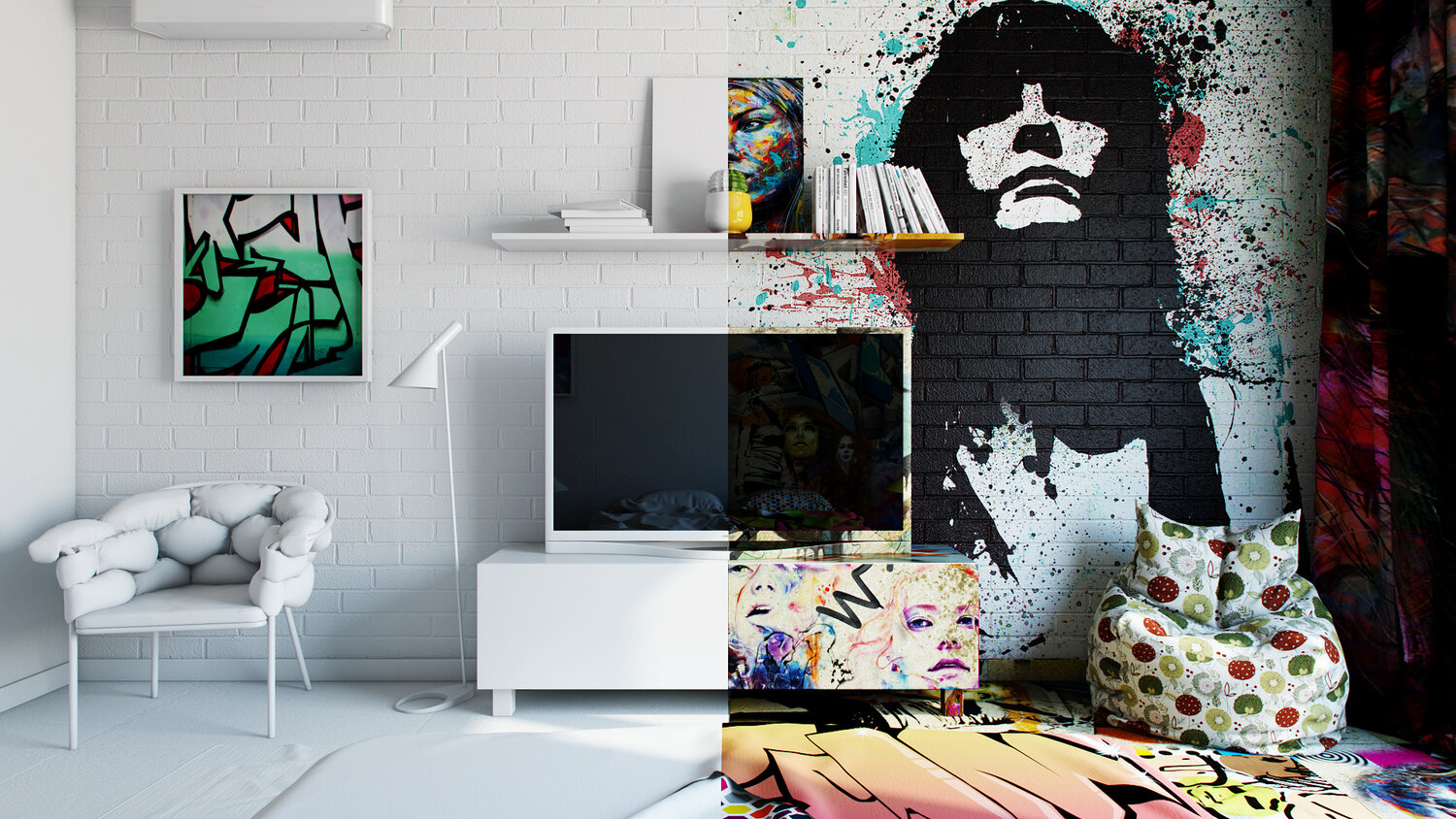Essential Tips for Integrating Minimalism right into Your Personal and Professional Life
Essential Tips for Integrating Minimalism right into Your Personal and Professional Life
Blog Article
Minimalism in Practice: Reliable Techniques for Producing a Balanced and Intentional Home Environment
The technique of minimalism uses a structured technique to growing a home atmosphere that reflects intentionality and balance. Incorporating multi-functional furnishings and frequently reflecting on valuables contributes to a room that resonates with individual worths.
Recognizing Minimalism
Minimalism, commonly misinterpreted as mere simplicity or an absence of belongings, encompasses an extensive viewpoint that motivates individuals to curtail their lives to what absolutely matters. At its core, minimalism has to do with deliberate living, fostering a much deeper connection with oneself and the surrounding environment. This lifestyle supporters for the elimination of excess, allowing people to concentrate on important values, experiences, and relationships.
The minimal approach expands beyond physical possessions; it urges individuals to assess their commitments, behaviors, and mental mess. By focusing on high quality over amount, minimalists seek to develop spaceâEUR" both actually and metaphoricallyâEUR" of what really enriches their lives. This philosophy advertises mindfulness, prompting individuals to participate in thoughtful decision-making concerning their time, resources, and energy.
Comprehending minimalism calls for a gratitude of its transformative capacity. Ultimately, minimalism serves as a pathway to higher satisfaction, motivating people to straighten their lives with their core worths and ambitions.
Decluttering Your Space
A chaotic atmosphere can substantially affect mental clarity and total well-being. To grow a tranquil and organized home, it is vital to participate in an extensive decluttering process. Begin by assessing each room systematically, identifying things that no more offer a function in your life or line up with your worths. This procedure calls for honesty and discernment.
Begin with smaller sized spaces, such as a cabinet or an edge of a space, and gradually development to bigger locations. As you sort via items, classify items into three groups: maintain, contribute, and throw out.
When finished, consider implementing a "one in, one out" policy to stop future build-up. By developing a mindful technique to your possessions, you create a more intentional living area that promotes clearness and improves your general top quality of life.
Curating Your Valuables
Curating your personal belongings entails a deliberate and thoughtful technique to what you select to keep in your life. This process starts by reviewing each thing based upon its utility, nostalgic worth, and visual appeal. By asking essential questionsâEUR" such as whether a thing serves a function or brings you joyâEUR" you can make educated decisions concerning what really should have a location in your home.
To effectively curate your belongings, think about developing categories. Team items by feature, sentiment, or regularity of usage, which can aid clarify their functions in your everyday life. This method not just streamlines the choice process however likewise cultivates a deeper appreciation for the possessions you select to preserve.
As soon as you have determined your most valued things, focus on displaying them in a way that enhances their significance. Thoughtful setup can change daily items right into significant focal points, adding to a serene and intentional atmosphere.
Inevitably, the goal of curating your items is to cultivate an area that mirrors your worths and lifestyle. By prioritizing top quality over amount, you produce an unified atmosphere that promotes mindfulness and health in your house.
Creating for Functionality
Designing for performance calls for an eager understanding of exactly how space and objects engage within your home. Each product should the original source serve a function, improving not only the visual top quality of the setting yet also its usability.

Consider the flow of activity within each location, permitting natural transitions between spaces. This can be attained through open layouts or strategically placed furniture that motivates flow.
Using vertical area can additionally improve functionality; mount racks or wall-mounted storage to maintain floors read this article clear. Emphasize the value of lights, as it can considerably affect how useful a room really feels. By prioritizing utility and simpleness, you can create an unified living environment that supports both everyday activities and personal health.
Keeping a Minimal Lifestyle
Developing a functional room is just the initial step toward accepting a minimal lifestyle; the obstacle lies in maintaining that simpleness over time. Adopting the "one in, one out" policy can successfully stop accumulation; for every new thing presented, an existing one ought to be gotten rid of.
Another vital facet is mindfulness in consumption. Being intentional regarding acquisitions aids avoid impulse gets that can mess both mental and physical room. When shopping, take into consideration whether an item adds real value to your life or aligns with your minimalist goals.

Last but not least, create an encouraging atmosphere by bordering yourself with similar people who value minimalism (Minimalism). Taking part in discussions or joining minimalist check that communities can supply motivation and liability, ensuring that simpleness stays a core principle in your every day life
Verdict
In conclusion, the practice of minimalism promotes a balanced and intentional home environment with organized decluttering, thoughtful curation of valuables, and the prioritization of capability in design. By adopting methods such as the "one in, one out" policy and engaging with supportive areas, people can sustain a minimal way of life. This strategy not just lowers excess yet additionally improves mindfulness, ultimately adding to a much more deliberate and purposeful living experience.
Integrating multi-functional furnishings and routinely reassessing belongings adds to a room that resonates with personal values. By establishing a mindful approach to your possessions, you create an even more willful living space that promotes clearness and improves your general top quality of life.Creating for capability calls for an eager understanding of just how room and things connect within your home.Creating a practical room is just the very first step towards welcoming a minimal way of living; the difficulty lies in keeping that simpleness over time. Being deliberate regarding purchases aids avoid impulse buys that can mess both mental and physical space.
Report this page